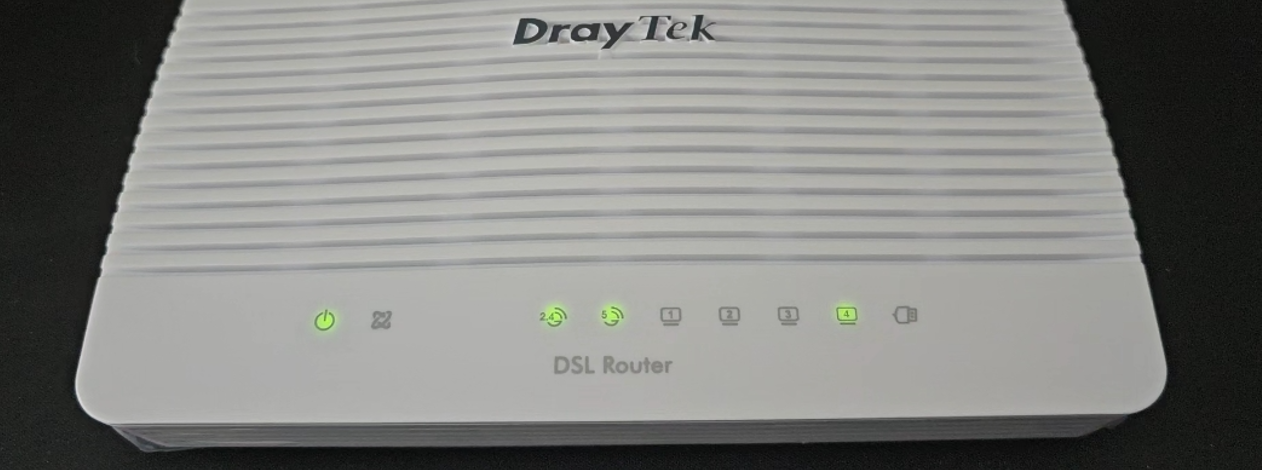With more premises becoming Gigabit enabled, many opt for a 3rd party router over whats supplied from the provider to open up advanced routing and capability. So when maximum speeds aren’t what they’d expect it becomes it’s a choice of hardware or provider to point the blame at.
Draytek’ s current portfolio offers 950Mps NAT throughput on Ethernet WAN ports, let’s see if that is theoretical or expected.
The test will use a 2763ac running firmware 4.4.3_BT
Hardware Acceleration
The key point on Draytek’s spec sheet for WAN2 throughput is the 950Mbps can be achieved with hardware acceleration enabled.
Hardware acceleration has been an option on Draytek for many years, however historically enabling this came with caveats ranging from the loss of data flow statistics to a reduction in firewall effectiveness.
Out of the box with FW 4.4.3 hardware acceleration is enabled, either Draytek is confident it has matured enough to be able to fit around most users’ requirements, or it needs to be enabled in order to keep the product as a viable product.
Test – HW Acceleration On
Using just enough configuration to get it “online”, WAN2 was enabled for dynamic IP mode.
Test performed on a single machine using iperf3, one NIC port plugged into WAN2 via a switch, other port into LAN1.
Average throughput on 60 second test: 929Mbps
Test – HW Acceleration Off
For those still dubious about HW acceleration on these devices, it was disabled and test re-run.
Average throughput on 60 second test: 541Mbps
QOS
For final test I thought to load it with a standard setup with HW on, not complex but included SNMP, TR-069, ACL lists on management interfaces, I also chucked in 4 VLANs and a few firewall rules.
Two observations here:
In my usual setup I add software-based QOS, this took average test speeds down to 423Mbps.
Second note and may be a quirk, when adding the VLANs and sending router for reboot, the router entered a reboot loop, resolved only by physically cycling power, meaning I lost the error codes for any potential diagnostics.
Switching to HW QOS, test speeds remained excellent at 946Mbps average.

Summary
If you have no concerns around hardware acceleration, the 2763/2765 does what it says on the tin with a typical config. Your mileage will vary especially dependant on the number of NAT sessions it has to deal with in the real world but these tests are certainly promising.
Difference between 2763 and 2765
These units are essentially the same, but as the 2763 is exclusive to the UK you’ll likely find greater stock availability for these over the 2765.
The only difference relates to a chipset for the VDSL on WAN1, the chipset in the 2763 conforms to UK standard VDSL2 but falls out of spec for some European countries where VDSL2 35b code is used. This stemmed from the chip shortage of a few years ago and the alternative chipset was used to boost availability.



